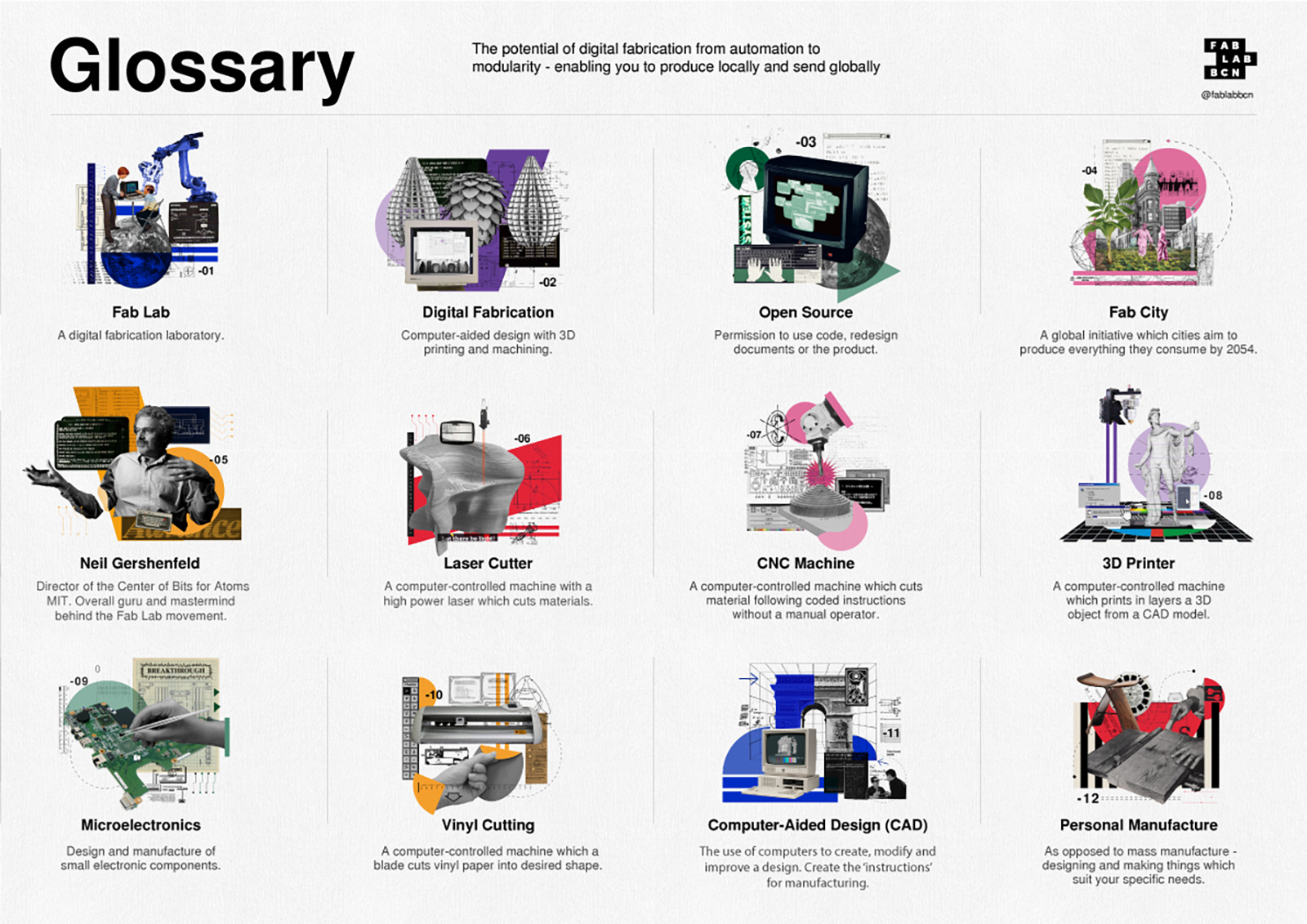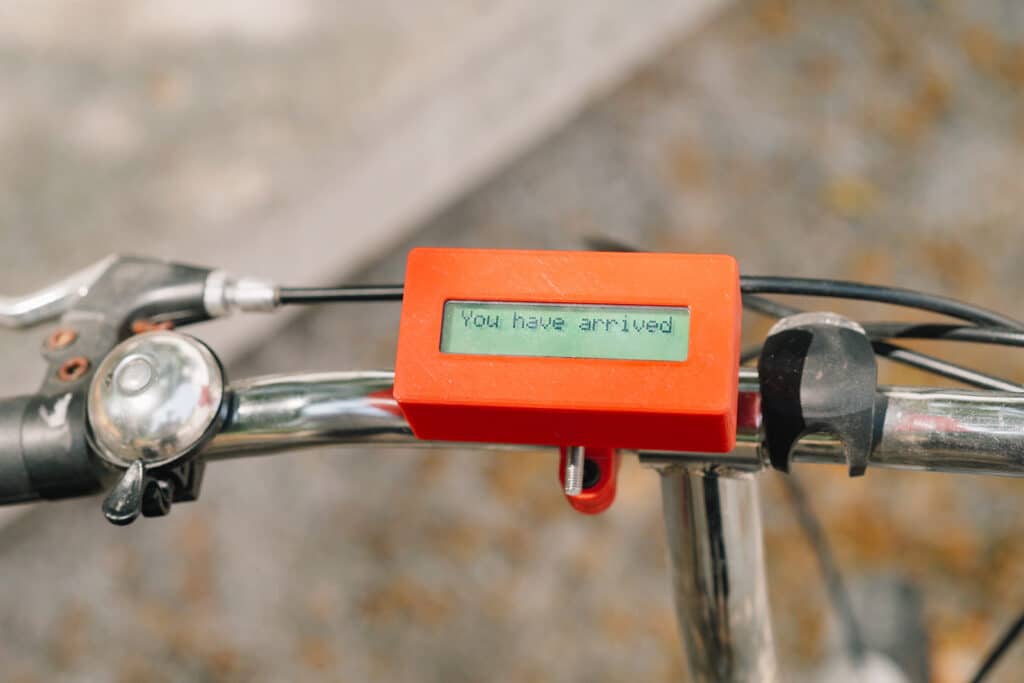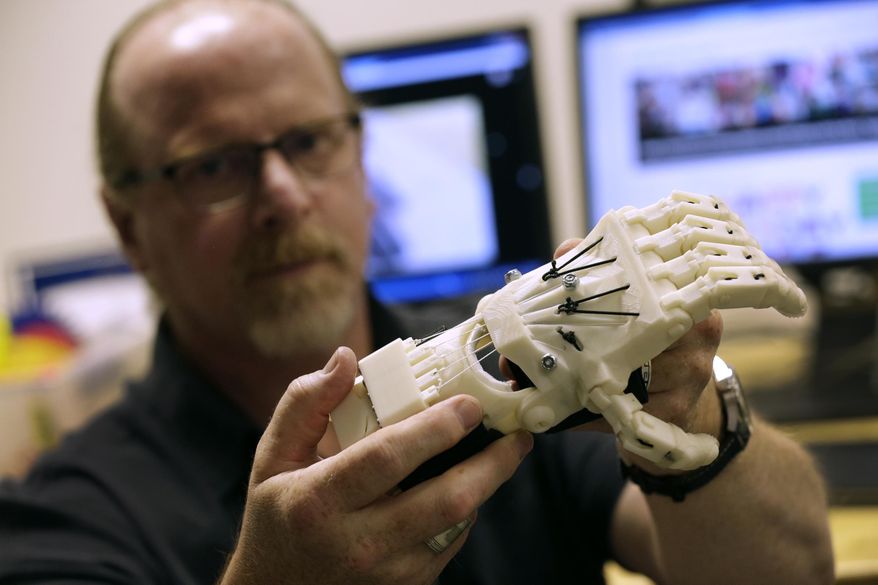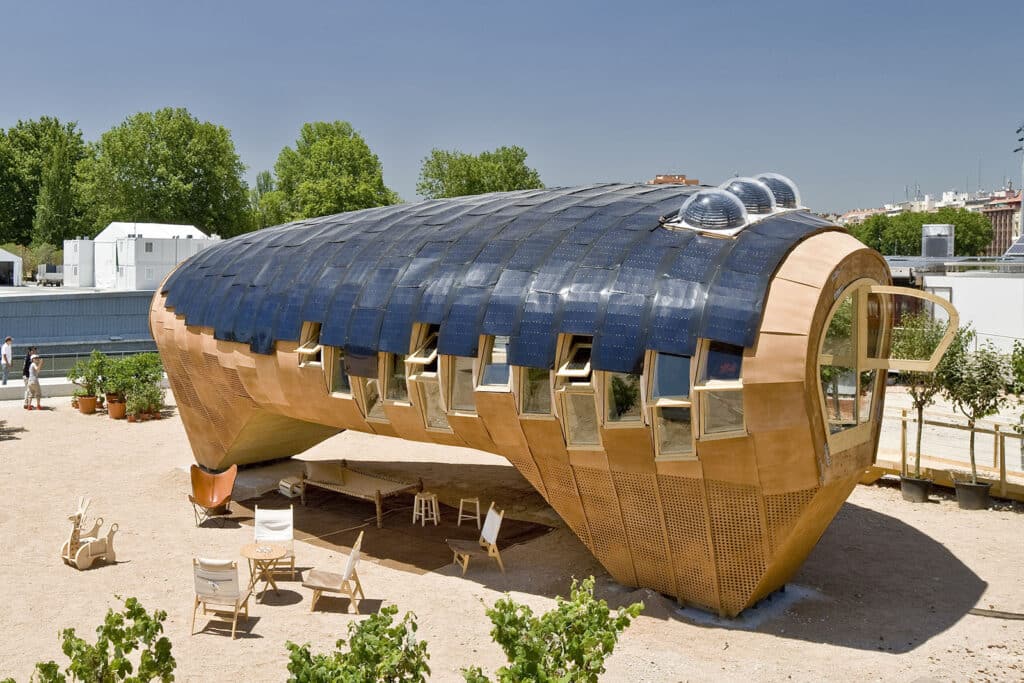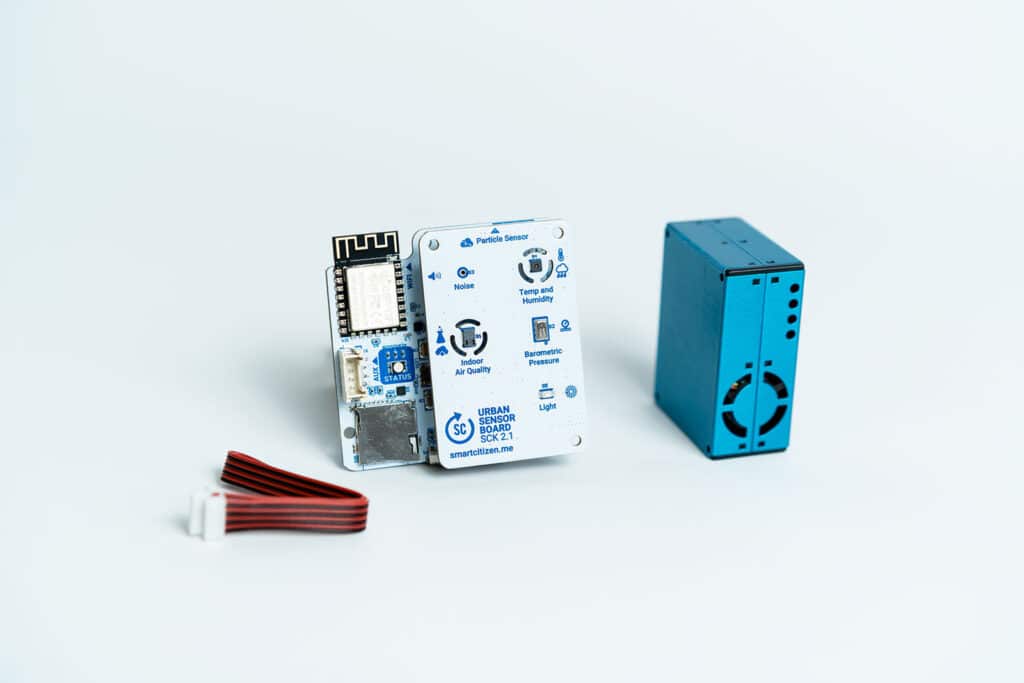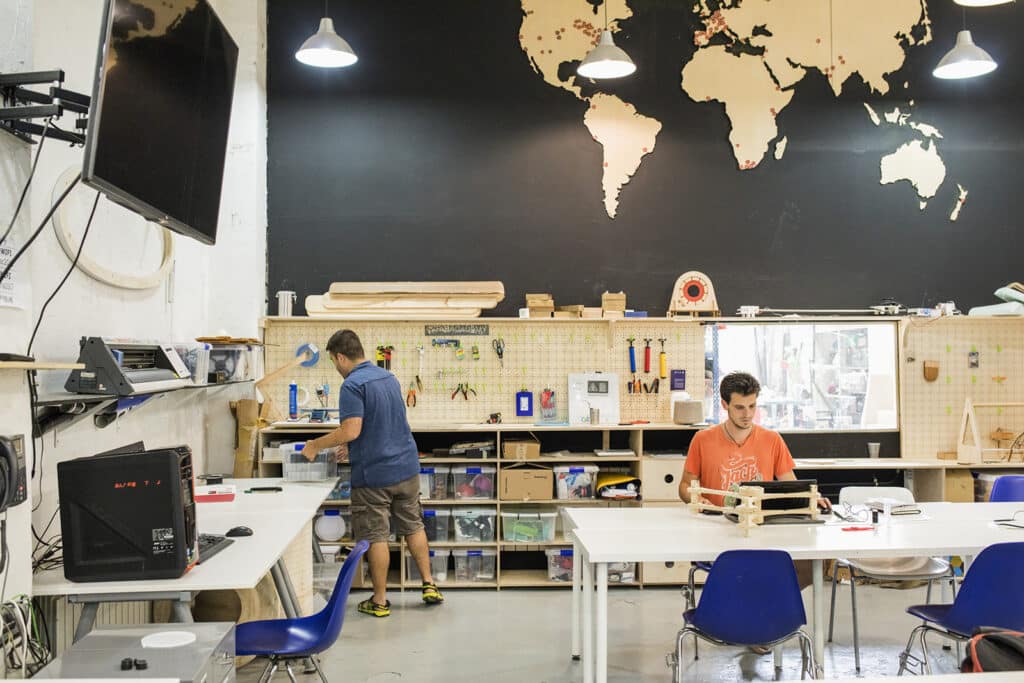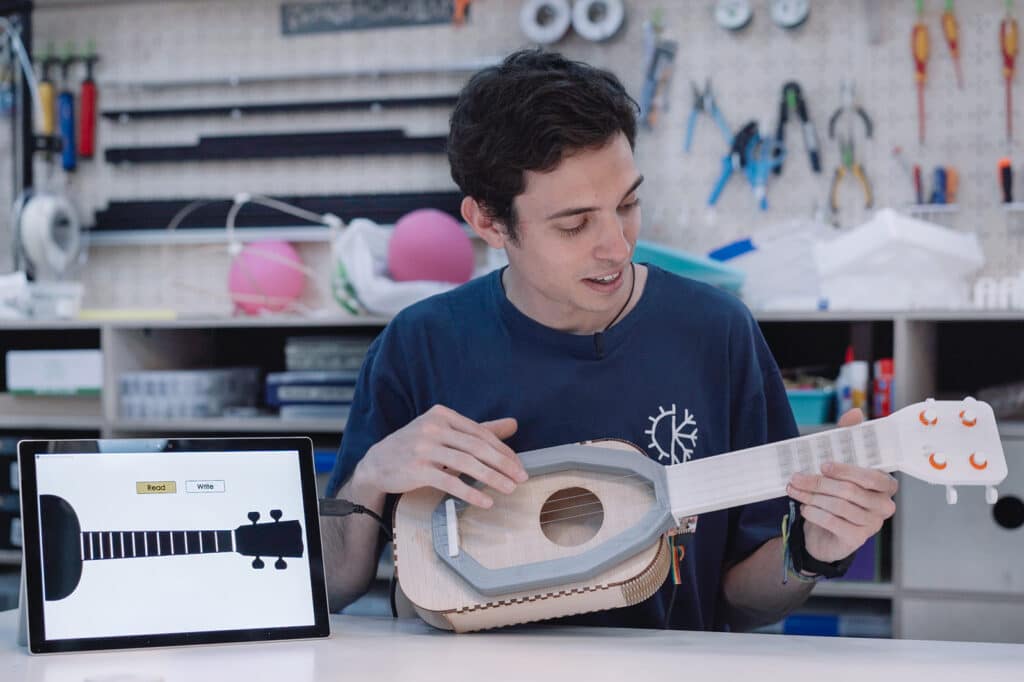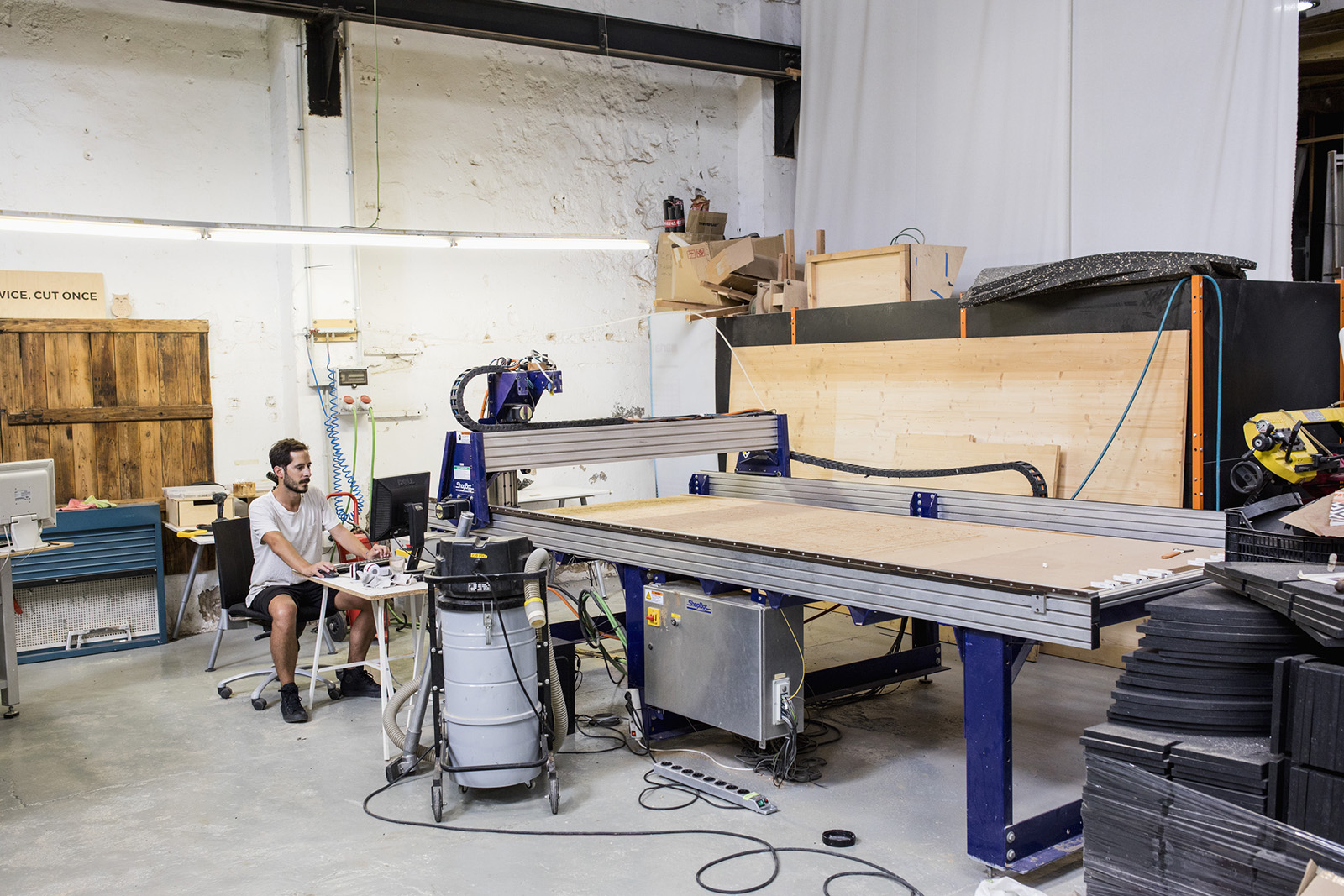
A place to make (almost) anything – the Fab Lab
Everything you need to know about the Fab Lab movement and how you can join
What is a Fab Lab?
What actually is a Fab Lab? Aside from the rhyming name, Fab Labs stand for digital fabrication laboratories. Fab Labs are smaller-scale workshops (in comparison to mass-manufacture workshops) which contain tools, machines and teachers to help you make ‘almost anything’. Fab Labs were invented at MIT’s Centre for Bits and Atoms, derived from the ‘How to Make (Almost) Anything’ course taught by Professor Neil Gershenfeld. Fab Lab’s are spread globally, empowering a movement of DIYer’s, makers, hackers and designers to tinker, take apart, fix, understand how things are made and how things work.
click to tweetThere are currently 1800 Fab Labs in + 100 countries globally.
Why Fab Labs?
Why do Fab Labs exist? Aside from the obvious – a space to make things – Fab Labs represent a form of empowerment. They create the space for you to think outside the box where you can dream, design and make a product tailored to your needs and desires. This is called personal production, rather than mass-scale production. There are many things which can be made in a Fab Lab – from navigational systems to prosthetics or environmental sensors. Some of the most inspiring projects from Fab Labs and ardent makers are listed below.
Enabling the Future
E-NABLE is an online community of “Digital Humanitarian” volunteers using 3D printers to make free and low-cost prosthetic limbs to improve the lives of many people. E-NABLE has over 20,000 volunteers in + 100 countries, relying on open-source designs and a dedicated community.
The Fab Lab House
The Fab Lab House – winning the People’s First Choice Award in 2016, designed and built by Fab Lab Barcelona at IAAC. The Fab Lab House is a self-sufficient house that was designed to take part in the Solar Decathlon Europe 2010. The house can be built and assembled with local materials in any Fab Lab across the world. Once built, the house actively harvests and produces energy rather than traditional constructions which rapidly consume resources.
Smart Citizen
The Smart Citizen Kit 2.1. A low-cost sensor which helps you to gather data and better understand your environment. Smart Citizen is a global network of citizen-scientists working towards raising awareness and finding solutions pollution issues that matter to their communities. Designed and built by Fab Lab Barcelona.
The Almost Useful Machines
The Almost Useful Machines – because making doesn’t always have to be serious. This is based on the Japanese concepts of Chindōgu, which praise the idea of ‘uselessness’ as a form of sparking creativity and knowledge. Made by MDEF 2019 – 2010 students at Fab Lab Barcelona.
Moving from the physical to the digital – machines in a Fab Lab
The machines in a Fab Lab consist of machines which are computer-controlled. These machines cover different scales and sizes, including sizes and technologies which we normally associate with mass-manufacturing. Fab Lab facilities differ, but they will all have a range of laser cutting & marking, CNC machining, 3D-Printing, microelectronics workstation and vinyl cutting, all tied together with Computer-Aided Design (CAD) software. Once you have designed your idea on the relevant software, it is then possible to prototype and fabricate this idea in a Fab Lab.
Turning ideas into prototypes
The above mentioned may seem a little intimidating if you’ve never heard of a Fab Lab, never mind CAD or CAM software. However, there are many open-source tools, websites, programs and tutorials which you can get started with. Some of these are also free to use. These platforms are also connected to a supportive digital community if you ever get stuck. At the bottom of this post, you will find a list of (mostly) open-source tools you can download and get stuck in to.
Making local, sharing global
Fab Labs are connected to a global network. This means that they are also connected to a global bank of knowledge production and dissemination. Often, projects which are developed in a Fab Lab are open-source – meaning that anyone, anywhere, can access, download and make your design. This means that they can also adapt your design, co-work with you to fix bugs, redesign elements and create new versions. You can also download someone else’s design and do the same in return. Open-source software is often better and more sophisticated than closed software. 100 minds are better than one!
From Fab Labs to Fab Cities
Fab Labs are connected to a wider vision initiated in Barcelona in 2014 – this is the Fab City vision. The Fab City movement pledges for urban self-sufficiency by 2054. This requires products to be manufactured within the boundaries of the city in a circular cycle. Rather than shifting products in and trash out on a global scale, a Fab City shifts data in and data out. This is called the DIDO model, rather than the PITO model. Fab Labs play the role of small-scale, distributed manufacturing sites. In the Fab City model, there are also Fab Labs which make Fab Labs. This is yet to come.
How can I get involved in a Fab Lab?
There are a lot of Fab Labs globally, chances are there will be one near you. Again, some of these labs vary, but most offer Fab Academy. Fab Academy is a global course run by Neil Gershenfeld which consists of weekly video lectures, assignments and physical prototyping in order for you to turn your ideas into reality.
Personal manufacture has a more political impact than we think. When we make things ourselves, not only are we learning how to work with our hands again, we are learning new technologies. We’re also taking a step away from a society which is based on mass-manufactured goods. A Fabkulele may not suit your needs, but it suits the maker. This is something called meaningful making – in which we embody our energies into products and are less likely to throw them away. Fab Labs may be the name for the space, but they represent a movement which means much more for the future of production.
click to tweetGive people the right tools, and they will design and build the most extraordinary thingsMIT Fab Lab
Despite being smaller-scale than mass-production manufacturers, Fab Labs have a great impact in terms of community. The DIY and maker community has a great presence and communication, Fab Labs help to materialise this and strengthen the movement to tinker, fix and hack things. Fab Labs are versatile in the products which are made there, from electronics to houses, to food production systems. This is emblematic and promising for the future of personal manufacturing – there are many inspiring things in a Fab Lab which are yet to be made.
Feeling inspired?
A list of tools, programs and websites for you to start personal manufacture – this list could be exhaustive, so here are a few…
Platforms
Courses
CAD Programs
- Blender
- Fusion 360 (free for students or educators)
- Trimble Sketchup
- FreeCAD
- TinkerCAD
